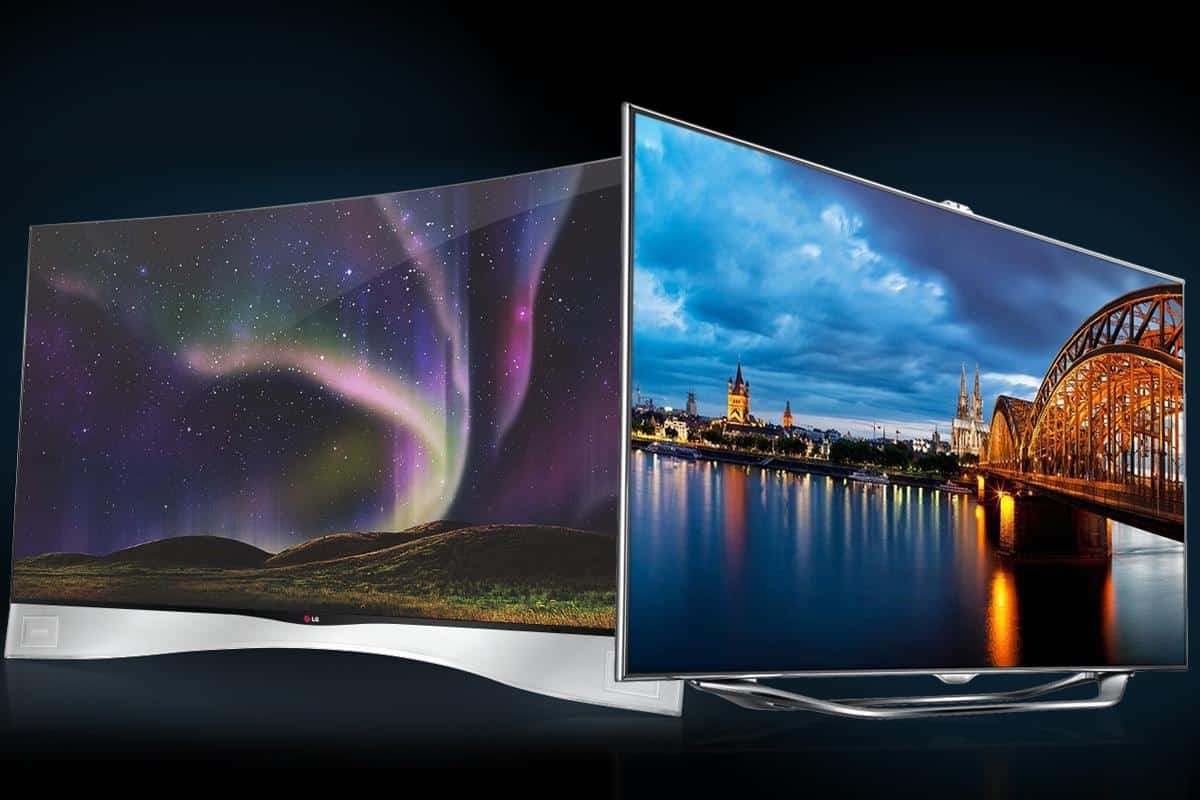1.7K
The power consumption of your TV differs depending on whether it is an LCD, LED or plasma TV. We compare the power consumption of the different screen types.
Power consumption of LED, LCD and plasma TVs in comparison
Generally speaking, first of all, the bigger the TV, the higher the power consumption. A 65-inch TV will always consume more electricity than a 40-inch model – whether LCD, LED or plasma.
- LCD TVs are considered power-saving models. But pure LCD TVs are hardly to be found on the market any more. The technology has developed further. And LED technology is even more power-saving than LCD technology.
- For example, a 40-inch LCD TV consumes an average of 100 watts per hour. An LED TV with the same specifications has an average consumption of 70 watts.
- In the past, plasma TVs were also produced to offer a particularly colourful and high-contrast picture. However, the power consumption of 175 watts per hour was considerably higher than that of an LED TV.
- For this reason, plasma TVs are no longer produced today. Instead, OLED technology is used, which offers an equally great picture. However, at 150 watts per hour, it is more power efficient.
